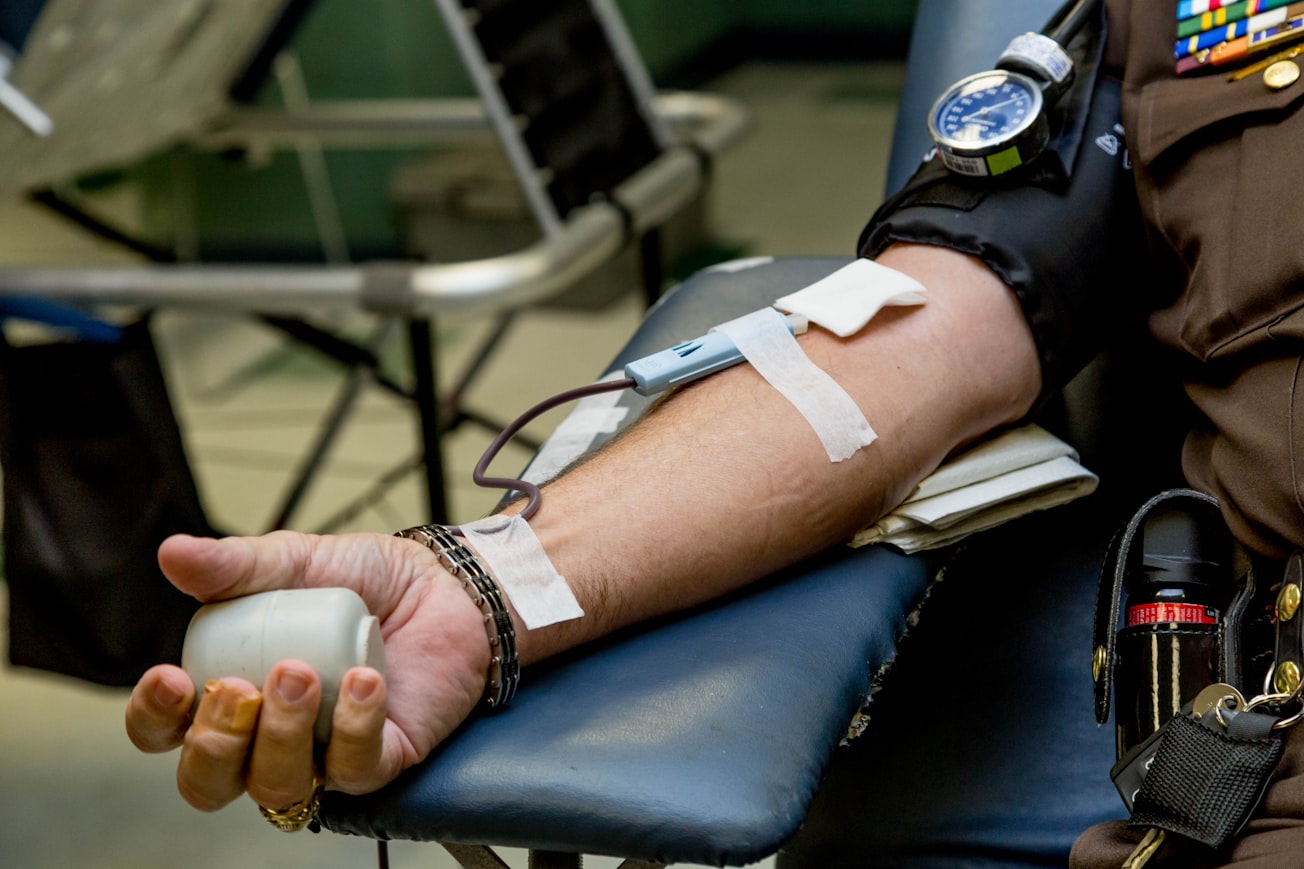What is it about?
Homozygous beta-thalassemia major (hbeta-TM) is an autosomal recessive hemoglobinopathy with prominent endocrine complications. Our aims were to evaluate reproductive hormones, hypothalamic-pituitary-ovarian axis, and fertility in female patients with hbeta-TM.
Featured Image

Photo by LuAnn Hunt on Unsplash
Why is it important?
Modern therapeutic approaches of b-TM through frequent blood transfusions and regular iron chelation have significantly increased the average lifespan and improved the quality of life of hb-TM patients. Multiple endocrine abnormalities develop during the course of hb-TM, which are attributed mainly to iron overload. Other proposed mechanisms for hypothalamic-pituitary gonadal (HPG) axis altered functionality are physical and psychologic stress, coexisting infections, involvement of liver and spleen, nutritional problems, abnormal conversion of steroid hormones to their active metabolites, and defective hepatic biosynthesis of insulin-like growth factor-1 (IGF-1). In the pituitary gland, iron toxicity mainly affects the gonadotropin-secreting cells. The condition has been suggested to result from selective iron deposition in the pituitary gonadotrophs and hypothalamus.
Perspectives
Despite improved medical treatment of hb-TM women, sex hormone deficiencies, delayed sexual development, amenorrhea, anovulation, and infertility remain usual events. Additional interventional studies are required to better elucidate the relevant pathophysiologic features of hb-TM in adolescents and adults.
Dr Mohammad Reza Safarinejad
University of Medical Sceices
Read the Original
This page is a summary of: Reproductive Hormones and Hypothalamic-Pituitary-Ovarian Axis in Female Patients With Homozygous β-Thalassemia Major, Journal of Pediatric Hematology/Oncology, May 2010, Wolters Kluwer Health,
DOI: 10.1097/mph.0b013e3181cf8156.
You can read the full text:
Resources
Contributors
The following have contributed to this page







